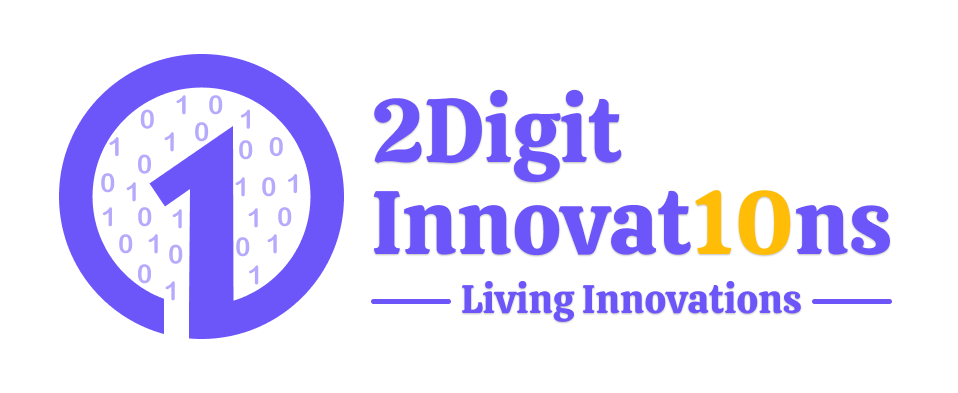
Everything Needed to Create a Web Application in 2024 (Complete Guide)
22 Apr 24
Everything Needed to Create a Web Application in 2024 (Complete Guide)
In the fast-paced digital landscape of 2024, web applications have become an indispensable tool for businesses, startups, and software developers alike. Whether you're looking to streamline operations, enhance customer engagement, or bring your innovative ideas to life, creating a web application can be a game-changer. In this comprehensive guide, we'll walk you through everything you need to know to create a web application in 2024. Table of Contents | Sr | Headings | --- | --------------------------------------- | 1. | Introduction | 2. | Understanding Web Applications | 3. | Planning and Research | 4. | Choosing the Right Technology Stack | 5. | Frontend Development | 6. | Backend Development | 7. | Database Management | 8. | Security Considerations | 9. | Testing and Quality Assurance | 10. | Deployment and Maintenance | 11. | Conclusion | 12. | FAQs Introduction Web applications have become an integral part of our daily lives. From social media platforms to online shopping portals, web apps power a wide range of functionalities and services. But what exactly is a web application, and how can you create one? Let's dive in and explore the world of web application development. 1. Understanding Web Applications Web applications are software programs that run on web servers and are accessed through web browsers. Unlike traditional desktop applications, web apps require no installation and can be accessed from any device with an internet connection. They are typically built using a combination of frontend and backend technologies and offer dynamic, interactive user experiences. 2. Planning and Research Before embarking on the journey of web application development, it's crucial to plan and research thoroughly. Define the purpose and goals of your web app, identify your target audience, and conduct market research to understand user needs and preferences. Create a detailed project plan outlining the scope, timeline, and resources required for development. 3. Choosing the Right Technology Stack Selecting the right technology stack is essential for the success of your web application. Consider factors such as scalability, performance, security, and developer expertise when choosing frontend, backend, and database technologies. Popular choices for frontend development include React, Angular, and Vue.js, while Node.js, Django, and Laravel are commonly used for backend development. 4. Frontend Development Frontend development involves creating the user interface and client-side functionality of your web application. Design a visually appealing and intuitive user interface using HTML, CSS, and JavaScript. Leverage frontend frameworks and libraries like Bootstrap, Materialize, and Tailwind CSS to speed up development and ensure responsiveness across devices. 5. Backend Development Backend development focuses on building the server-side logic and database management of your web application. Choose a backend framework or platform that aligns with your project requirements and programming language preferences. Implement business logic, handle user authentication, and interact with the database using frameworks like Express.js, Flask, or ASP.NET. 6. Database Management Database management is crucial for storing, retrieving, and manipulating data in your web application. Select a database management system (DBMS) that suits your data modeling needs and scalability requirements. Commonly used databases include MySQL, PostgreSQL, MongoDB, and Firebase Firestore. Design efficient database schemas and optimize queries for performance. 7. Security Considerations Security is paramount when developing a web application to protect user data and prevent unauthorized access. Implement security best practices such as encryption, secure authentication mechanisms, input validation, and parameterized queries to mitigate common vulnerabilities like SQL injection, cross-site scripting (XSS), and cross-site request forgery (CSRF). 8. Testing and Quality Assurance Testing is an integral part of the web application development process to ensure reliability, functionality, and performance. Conduct comprehensive testing including unit testing, integration testing, and end-to-end testing to identify and fix bugs and issues. Use automated testing tools and frameworks like Jest, Selenium, and Cypress to streamline the testing process. 9. Deployment and Maintenance Once your web application is developed and tested, it's time to deploy it to a production environment and make it accessible to users. Choose a reliable hosting provider and deploy your app using deployment tools like Heroku, AWS, or DigitalOcean. Monitor your application's performance, security, and scalability and perform regular maintenance and updates to ensure smooth operation. Conclusion Creating a web application in 2024 requires careful planning, strategic decision-making, and technical expertise. By following the steps outlined in this guide and staying abreast of the latest trends and technologies, you can develop a high-quality web application that meets the needs of your users and drives business success. FAQs How long does it take to create a web application? The time it takes to create a web application depends on various factors such as the complexity of the project, the size of the development team, and the technology stack used. Simple web applications can be built in a few weeks, while more complex projects may take several months or even years to complete. ### What are the costs associated with developing a web application? The costs of developing a web application vary depending on factors such as development time, technology stack, features, and scalability requirements. Small projects can be developed on a limited budget, while larger and more complex projects may require substantial investment in development resources, infrastructure, and maintenance. ### How can I ensure the scalability of my web application? To ensure the scalability of your web application, design it with scalability in mind from the outset. Choose scalable technologies and architectures, implement caching and load balancing strategies, and monitor performance metrics closely. Consider cloud-based solutions for flexible scalability and resource allocation. ### Is it necessary to hire a dedicated development team for web application development? While it's possible to develop a web application independently, hiring a dedicated development team can streamline the development process and ensure the quality and success of your project. A professional development team brings expertise, experience, and resources to the table, allowing you to focus on your core business objectives. ### How can I keep my web application secure? To keep your web application secure, prioritize security throughout the development lifecycle. Implement security best practices such as encryption, authentication, authorization, and input validation. Regularly update dependencies and libraries, conduct security audits and penetration testing, and stay informed about emerging threats and vulnerabilities.Everything Needed to Create a Web Application in 2024 (Complete Guide)


CALL
Ready to Work Together In New Projects ?
Services
App Development
Web App Development
Digital Marketing
UI And UX Designing
Custom Mobile And Web Development
Free Tools
Quick Links
Our Apps
Find us on Clutch
Privacy & Policy
Shipping & Delivery Policy
Return & Refund Policy
Terms & Condition
FAQs
Legal
Contact
Hyde Park Crown First Floor, FF-14-21 Plot No GH-03 Sector-78, Noida, Uttar Pradesh 201306
info@2digitinnovations.com
+91 7814042409
